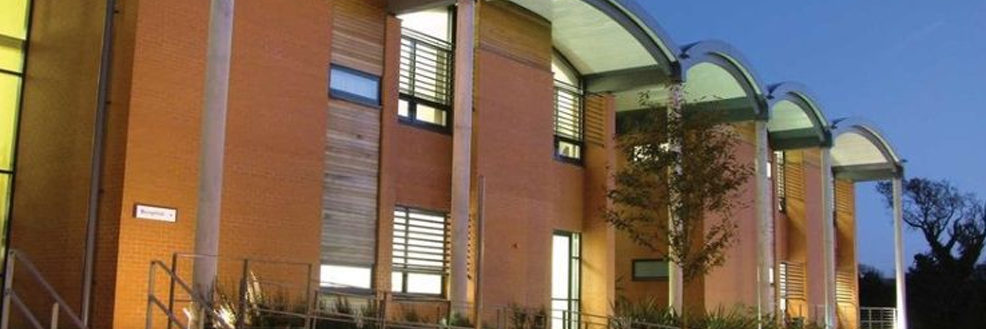The fight against corruption need not necessarily be a responsibility only of governments, NGOs or the international community. It can start from you and me. As corruption continuously damages people across all parts of society, some have come to realise that not doing anything about it is in and of itself part of the problem. Anti-corruption discourse tends to be identified as a global movement led by international actors at international conventions, or by initiatives that national governments introduce. Indeed, sometimes these can and do have positive results. On many other occasions, however, they can be a disappointment, and both a waste of time and money.
An example of this is Kosovo, where significant resources have been employed to tackle grand and petty corruption. Making progress has proven difficult, and Kosovo continues to stagnate in 103rd place in the Corruption Perceptions Index. However, a new way of thinking has entered the anti-corruption discourse in Kosovo, seeking to dig out embedded roots of corruption. These efforts are intended to change the cultural perceptions and norms of people in Kosovo towards corruption. They aim to help people desist from facilitation payments, bribery, informal gifts and such like. If citizens are not aware that these processes are wrong and damage society, then one enabling tool to create change is simply to talk about it- and there is no better platform to do that than social media.
The UNDP mission in Kosovo took the initiative to include social media as an alternative way of monitoring and controlling corruption, and also to use this initiative as a platform to raise awareness and open a debate around corruption. In partnership with Internews Kosova and the Balkan Investigative Reporting Network (BIRN), the UNDP has developed a web-platform (“Kallxo”) which allows Kosovo citizens to report corruption in real time through multiple channels, including social media, SMS and the web. By mapping reported cases of corruption, this project aims at attracting citizens’ participation and raising awareness about the amount and form of corruption occurring in Kosovo.
However, this project is achieving much more than just prompting a debate about corruption and the abuse of power. The website reported 900 cases one year after launching the platform and these cases spanned from corruption in government, educational institutions, fraud at the local level and misconduct of public officials.
This success prompted people to view the role of public officials differently, expecting more transparency and accountability. Although this started only as an ‘information-sharing’ initiative about cases of corruption and poor performance of public administrators, it soon became a ‘crowd-sourcing strategy’ for civil society organisations. According to the UNDP’s latest report this meant that social media could fulfil a watchdog function and collect reports about cases of wrongdoing on the part of the authorities. It could also encourage civic engagement and collect information that would help overcome the resistance of public officials. In respect to this, Kosovo’s Anti-Corruption Agency claims to have strengthened its efforts to combat corruption. In 2013 Kosovo’s Chief State Prosecutor adopted an action plan to fight corruption finding 1,232 cases of corruption involving 3,123 suspects, out of which indictments were filed against 780 suspects.
Communicating and sharing information through social media involves a ‘collective action’ solution to corruption. What does this entail? In simple terms, collective action theory highlights the relevance of other individuals’ decisions (or non-decisions) in affecting ones own behaviour. When corruption is seen as ‘normal’, people may be less willing to abstain from corruption or take the first step in implementing reforms.
Can social media cure these endemic illnesses in society? Well, not completely, but it can make a contribution. While social media is a great tool for raising awareness and changing norms and perceptions, it cannot tackle serious incidences of grand corruption. Since this initiative depends on citizens’ participation and interest in anti-corruption, there might be a risk of a lack of commitment and trust between citizens to create this change. To mitigate these risks anti-corruption institutions need to manage expectations and better understand the functions that corruption may play, particularly in weak institutional environments such as Kosovo.
Kosovo’s website is now not only used to report corruption but also other cases of inefficiencies in public services at the local level. To date, around 30 municipalities in Kosovo have placed “Kallxo” on their official website to facilitate the municipality’s interaction with citizens. Kosovo’s internet penetration is 76.6%, almost the same as in developed countries. Surely, as argued by the UK Ambassador in Kosovo, Mr. Ruairi O’Connell, if used effectively this can help achieve a great political and cultural change in terms of tackling corruption.
Anti-corruption institutions have invested a great deal of effort in combating corruption in Kosovo. Those committed to fighting corruption must understand the power that social media has to change or reinforce public opinion on corruption. Its ability to work with traditional media could incentivise these anti-corruption efforts, creating an even greater chance for politicians to join the club, when they know the world is watching.
Rrita Ismajli, University of Sussex


Leave a Reply